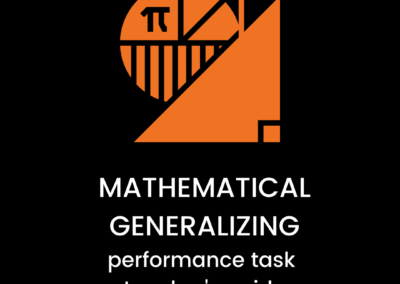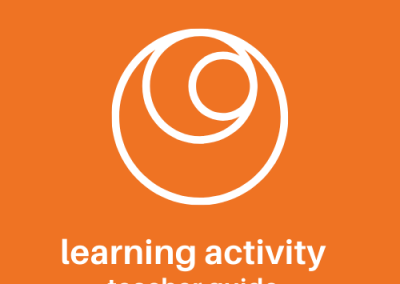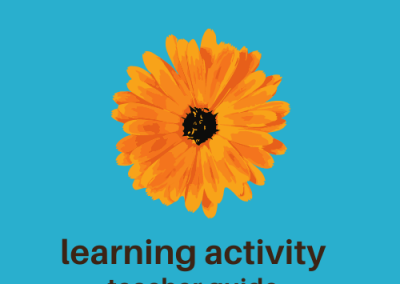Preview, Read, Question
Preparation
Develop a sample Preview, Read, Question to model for students.
Activity Steps
1
Introduce Preview Read Question.
Discuss the concept of preview with students. Use the role of preview for the movie industry as an example. What role or function do movie previews play?
2
Model.
Model for students creating the 3-column chart. Preview the text (look at front and back cover, headings, bold words, flip through the text, etc.). Write down one question you expect will be answered in the text in Column 1. In Column 2 write down the textual evidence for your question. Tell the students what made you think that question would be answered and give the page number. Explain to them that while you read the text, you look for answers to your questions and then write those answers in Column 3.
3
Column 1: Preview the text.
Preview the text and write down two or three questions they expect to have answered as they read. This is an opportunity to review preview techniques such as using the front and back cover, headings, or bold words.
4
Column 2: Provide supporting evidence for the questions.
List what they previewed in the text that caused them to think those questions would be answered and include page numbers as textual evidence. For example, if the preview question is “Will the character be expelled from school?”, then the textual evidence will be from page 12 when the character detailed how he was expelled from three previous schools.
4
Obtain peer feedback.
Students share their questions with each other and provide feedback. Students have an opportunity to revise or rewrite their questions.
6
Column 3: Read the text.
While students are reading the text, they will look for answers to their questions. They will record answers in the third column of their chart.
7
Reflect.
Students can reflect individually or in groups, orally or in writing. · Did you make good previews? · Were your preview questions answered in the text? · How did preview change the way you engaged in the text?

























